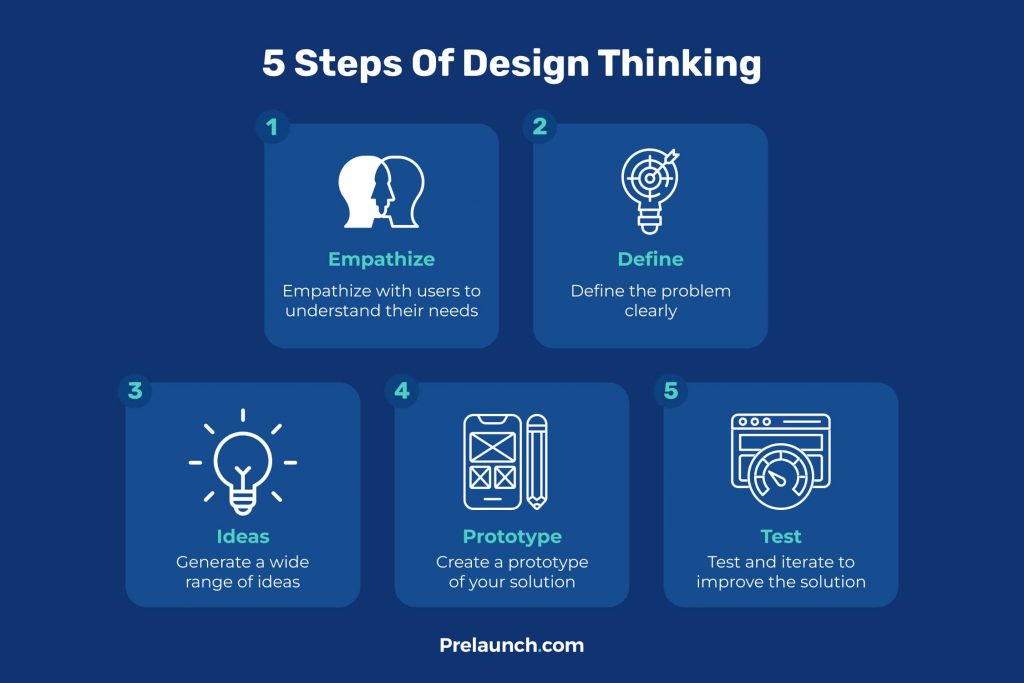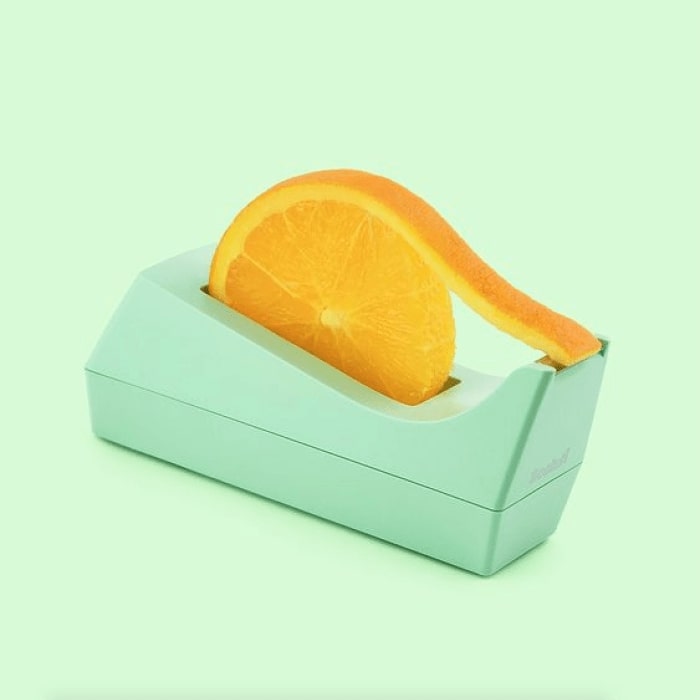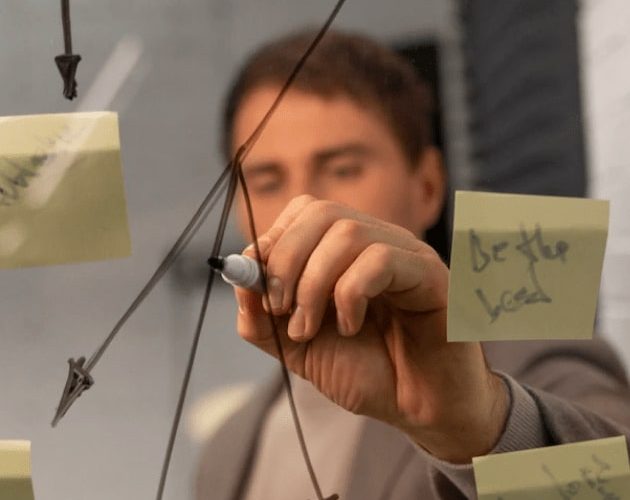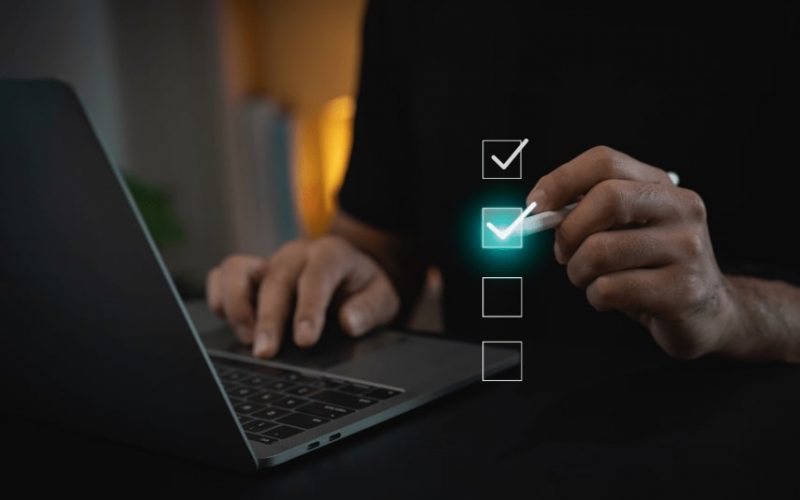With how fast the world is developing, brands can’t afford to stay behind. The new user-centric approach to creating products has worked in their favor and will continue to do so in the future. After all, if you’re not solving relevant problems with smooth and intuitive products, why would users choose to stay with you? There are so many options in the market. As a brand, it’s your responsibility to design products that add value and address the customers’ pain points. This is where product design comes in.
Whether you are a product manager, a creator of products, or simply interested in innovative processes, product design is a term you should know. Luckily, you’ve come to the right place.
If you want to learn all about product design, including its history, definition, process & stages, grab a pen and listen up. Here’s everything you need to know about “what is product design,” plus some examples just for good measure.
What is Product Design?
Before diving into the juicy parts, you should first learn “what is product design.” Here’s a comprehensive product design definition – it is the broad process of designing product life cycles, making sure they truly solve real problems, infusing them with usability, and aligning their long-term vision with business goals. Ultimately, product design refers to the literal and metaphorical designing of a product from start to finish, including its role in the market, how it will evolve, and what gap it will fill.
At its core, product design uses the design thinking ideology and product roadmaps to systematically create products that succeed in the market.
The History of Product Design
To truly understand what product design is, let’s look at where it came from. Realistically, you could say that product design has been around virtually forever. Humans in prehistoric times developed tools that could solve their problems and did their job well. In our modern era, when we say the term “product,” we may be referring both to hardware and software products. So, the meaning has somewhat changed, but the philosophy is the same.
Many specialists attribute the whole concept of product designing to the industrial design era. At the end of the 19th century, mass production started to snowball, and there was a reason for it. People had figured out a way to consistently design and manufacture products that were useful and actually solved problems. Although we’ve figured out better ways to create products, the industrial design system is ultimately the raw foundation on which product design operates.
The industrial design era was also when the title “industrial designer” started getting more and more popular. Those specialists are now known as product designers. This is an umbrella term for many job titles, including UX designers, user researchers, information architects, etc. Some specialists combine these responsibilities and take the title of “product designer.”
Nowadays, product design relies heavily on design thinking as the philosophy for consistently designing useful products.
What is Design Thinking?
The term “design thinking” is now widely popular among anyone who deals with designing products. But what exactly is design thinking? It is an iterative process that helps you understand the user, along with their exact needs and problems, to create products precisely built to solve those problems. This involves a layer of truly understanding a user’s psychology and getting in their shoes.
The key is to empathize with your users.
The design thinking approach involves hands-on tests and exercises, along with the radical questioning of every assumption to ultimately find the genuine problem and solve it. This method is sometimes called “out of the box” thinking, hinting that a major part of the process depends on an innovative approach, trying to find unconventional ways of problem-solving.
Although it might leave that impression, design thinking isn’t only a philosophy. It has a distinct system and a step-by-step process that helps specialists get “out of that box.”
Here are the 5 steps of design thinking:

Empathize
Design thinking is a human-centric process that is fueled by understanding and solving a user’s problems. It requires you to completely comprehend a person’s thought process and recognize what you can build to make their lives easier or make them happy.
As a designer, you may be inclined to use your subjective assumptions about a customer’s needs, and that’s where design thinking is different from other alternatives. Complete some exhaustive user research so that you can build solutions FOR them and solve their problems.
Define
Once you’ve completed your research and are in your user’s shoes, it’s time to organize and clearly define the problems that you’ve encountered. Write those “problem statements” down on paper. If you find it relevant, you can always maintain the human factor by including customer personas in your findings.
Ideate
If you’ve written down your main problem statement, it’s time to get together with your team and start “thinking outside the box” for an innovative solution. One of the best and sure-fire ways to come up with unconventional ideas is through brainstorming. Sit down and start shooting ideas around. Throw your assumptions out the window. If you open up your mind to the possibility of coming across a gold mine, you’ll get the juices flowing and find the ideal solution.
Prototype
Here’s another fun part – making low-budget and minimum viable versions of your solutions to see if they could actually work. Of course, all product designing processes have this step, but it’s for a good reason. Once you’ve created a simple prototype, you can validate the idea, make sure it solves the problem, and get started on the real version.
Test
You’re almost at the end of the cycle! Once you’re done experimenting, take your product into the real world and start exhaustively testing. Most of the time, you’re going to find problems that need to be redefined and solved again. But that’s the beauty of this approach.
Design thinking is not a race – it’s a marathon. The stages are not sequential, and you are not done once you’ve completed all 5. That is why it has the name “iterative.” You and your team will need to go back and redo these steps to finally fine-tune your product to perfection.
The Importance of Product Design in Your Business
Now that you know a little about “what is product design,” where it comes from, and what it’s based on, let’s talk about what you really want to know. Do you truly need it? Is it worth the time and effort it’ll take to implement? Besides giving you an advantage over competitors with a less thought-out design, the product design approach has many other benefits. Here are just a couple of them:
More Satisfied Customers
When you design products with your users in mind, you are bound to end up with a real customer-pleaser. Solving their needs and doing it seamlessly can earn you a significant share in their hearts and in the market. The love of your customers is a major key to your success.
Fun fact: “Nokia” only became a global brand thanks to their customers labeling them as “User-Friendly Phones.”
Differentiated Product
From a marketing perspective, an innovative solution can truly make you stand out in the crowd. It opens up new doors for you to conquer the market and attracts interest from early adopters and tech lovers. A top-notch product design team can turn your business into a pioneer in the market and set you up for ultimate success.
Brand Recognition
As a brand, you don’t only want your individual products to succeed. Designing top-tier products can help you make a name for your brand, ultimately increasing your business value and bringing in long-term success. Step-by-step, customers will start recognizing and choosing your products over your competitors. After all, isn’t that what all brands aim for? Product design is an investment that can take your business to the next level.
Product Design Process
Even though all companies implement custom processes when designing products, those who engage in this user-centric product design usually follow a similar path. The product designing process is indeed inspired and powered by design thinking, but it has its own system regardless. So, let’s jump right into it and learn how to design a product with this step-by-step product design process.
Establish your product’s vision
First things first, you and your team need to understand the ins and outs of what you are going to build. Why are you building it? What exactly are you trying to do with it? If such questions are left unanswered, the team responsible for the product will struggle or maybe even fail to succeed. Having clear targets helps teams stay motivated and focused on the end goal. Aside from the general information you’ll give them, here are some extra questions you can answer for your product design team:
- What is the ultimate value proposition for this product?
- What will make this product a success?
- What exactly is the product solving?
- Who is the ideal user of this product?
Research the product & analyze your users
As any product design process would, this one also includes a research stage. This is the time for you to dive deep into the market, understand where you and your competitors fit in it, and gather all insights about your industry. In parallel, you will also need to start deeply analyzing your users with surveys, interviews, etc. What makes them tick? What could make them buy your product? Create customer personas, build an empathy map, and use them to get in your user’s head & heart.
Ideate with an open mind
You know who your customers are, how they perceive the world, and where your product will fit on their wishlist. Now what? It’s time to start mapping out the product. Create user stories to understand when, where, and how your customers would use your product and what they’d get out of it. Map out their buying journey – what could confuse them, what could stop them in their tracks, and what could make them fall in love?
Next up, start planning out the product. Get your information architect in a meeting and come up with the product’s structure. Send that over to your designers and ask them to start sketching & whipping up some wireframes. Keep going back and forth, iterate this stage of the product design process until your top players approve the final draft.
Design the product
Once you have some final wireframes, it’s time to get to the core of product designing – actually designing it! Naturally, you won’t be creating the final version with your first try. Start with prototyping, reviewing, improving, and iterating this whole process again. Eventually, you’ll come to the perfect version, and it’ll be time to hand over the final designs.
Test & validate
After all this hard work, you finally have the product you want. But is it what the users want? You’ll have to test it and find out. Start with some internal team tests, then move on to testing with real users. You won’t need too many participants, but they’ll need to document all their findings. If you don’t find anything critical, you’ll be ready for the big launch!
Keep listening to users even after launch
If you want your products to achieve long-term success, you need to keep them up to date. Nothing can be a set-and-forget type of product except maybe a pencil. The product design process doesn’t end after launch. Here are some exercises that’ll help you stay on track:
- Analyze metrics & understand user behavior patterns
- Gather feedback through every possible channel
- A/B test new updates in your product’s design to find improvements
Examples of Best Product Designs
Now that you’ve learned the hard parts of product design and actually know how to design a product, let’s look at some next-level product design examples that disrupted their markets. We’re sure you’ve heard of them, but now you can understand how they relate to product design and hopefully understand the product design process a little better.
Uber
As one of the best designed products, this company completely revolutionized its market by recognizing what people were missing. They combined 2 already existing services and came up with the perfect product at the perfect time. Smartphones were getting crazy popular, and Uber grasped their user’s needs even before they came up.
Smartphone users no longer wanted to communicate with operators, wait forever till the taxis got there, and go crazy while explaining their locations. They also started generating distrust towards self-employed cab drivers on the streets. Uber took care of so many pain points – the public couldn’t help but love them.
Thanks to product design, Uber transformed an already existing service into something people can’t live without. Now, their users can order a taxi with verified drivers who see their location online. Problem – solved!
Fitbit
With an idea to do something with wearable sensor devices, the founders of Fitbit came across a goldmine. During a TechCrunch conference in 2008, they pitched the idea in hopes of getting a couple of pre-orders. In reality, they got 2000 of them. What could be clearer than that? The potential users spoke up, and it was obvious that a Fitbit is not a “vitamin” but rather a “headache pill.”
Who knew that in 2008 and going forward, so many people would want a wearable health & fitness tracker? Along its journey, Fitbit has had some drawbacks, but listening to its wearers is what has kept them going for so long and will continue to do so.
Airbnb
Here’s a company that disrupted the field of tourism and is now the go-to option for budget travelers. Again, they combined 2 services that already existed and served them to the users in the best way possible. They serve as a 2-way marketplace between short-term renters and travelers, making their collaboration as seamless as possible.
In Airbnb‘s case, you can see that they recognized the market’s direction, felt the gap, and pivoted their product to give the highest possible value to users. Now, they have over 150 million users and cater to even those who are looking for luxury stays and experiences. Thanks to their user-centric approach, travelers don’t have to go through the hassle of booking stays through calls, and renters don’t need to hunt for alternative ways to find clients. Everything is transparent and user-friendly.
Conclusion
Product design is not a new phenomenon, but modern brands are using it in innovative, “out of the box” ways. If you’re serious about creating user-centric products, this product design process is an essential system for you. Listen to your consumers, and you’ll be able to consistently push out user-friendly products, hit multiple pain points, finding your perfect product-market fit.




